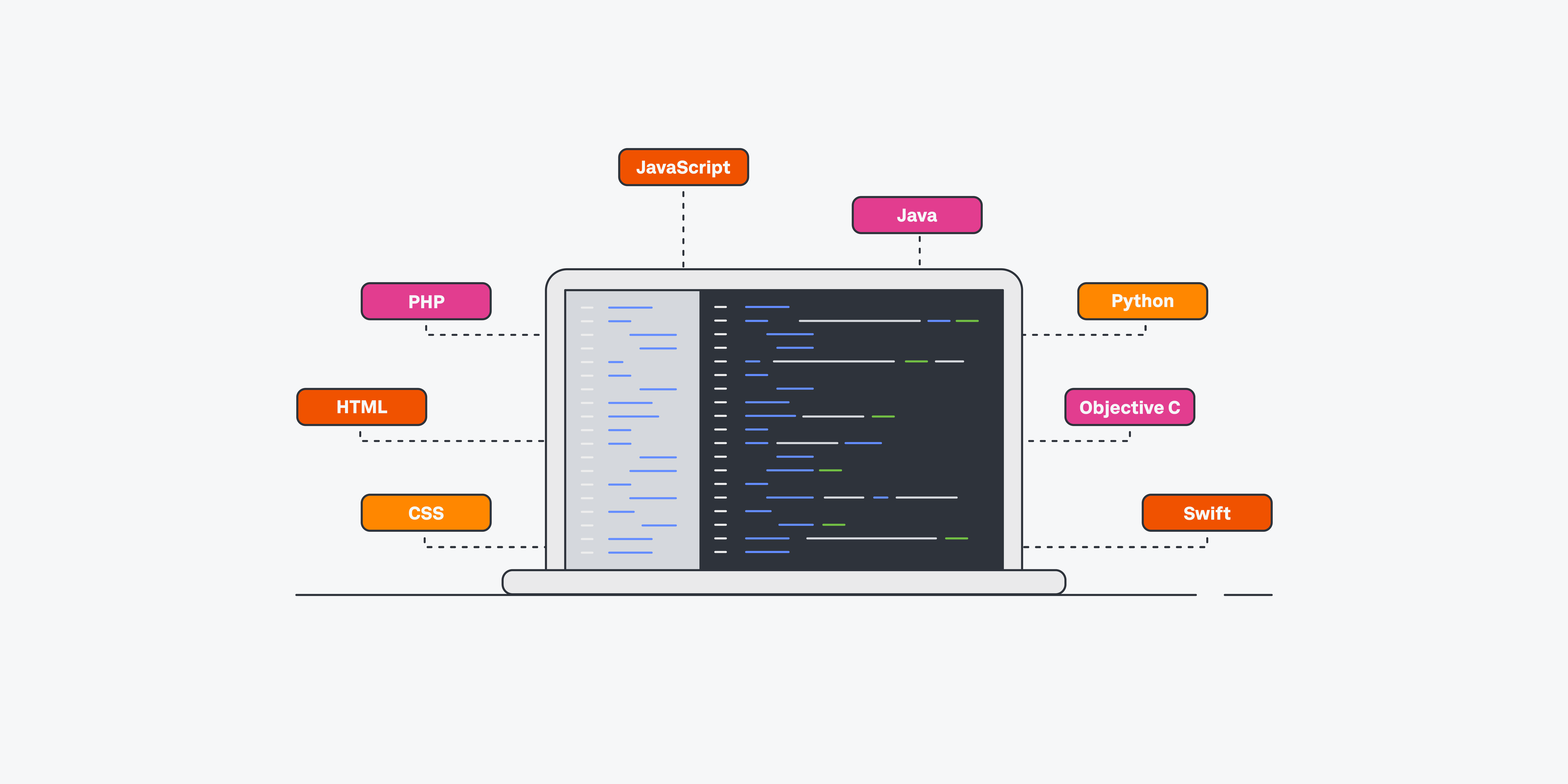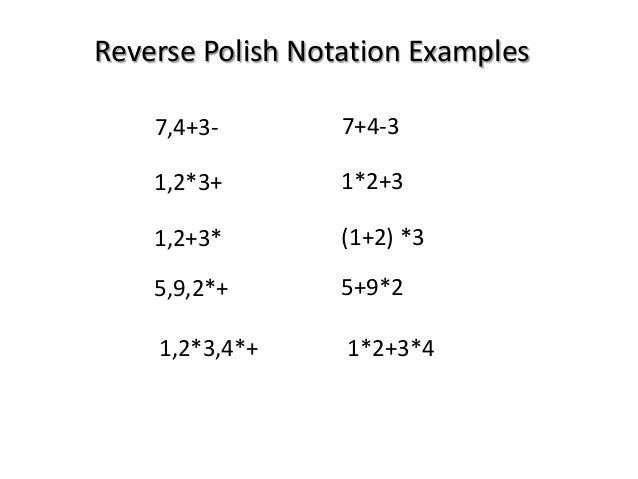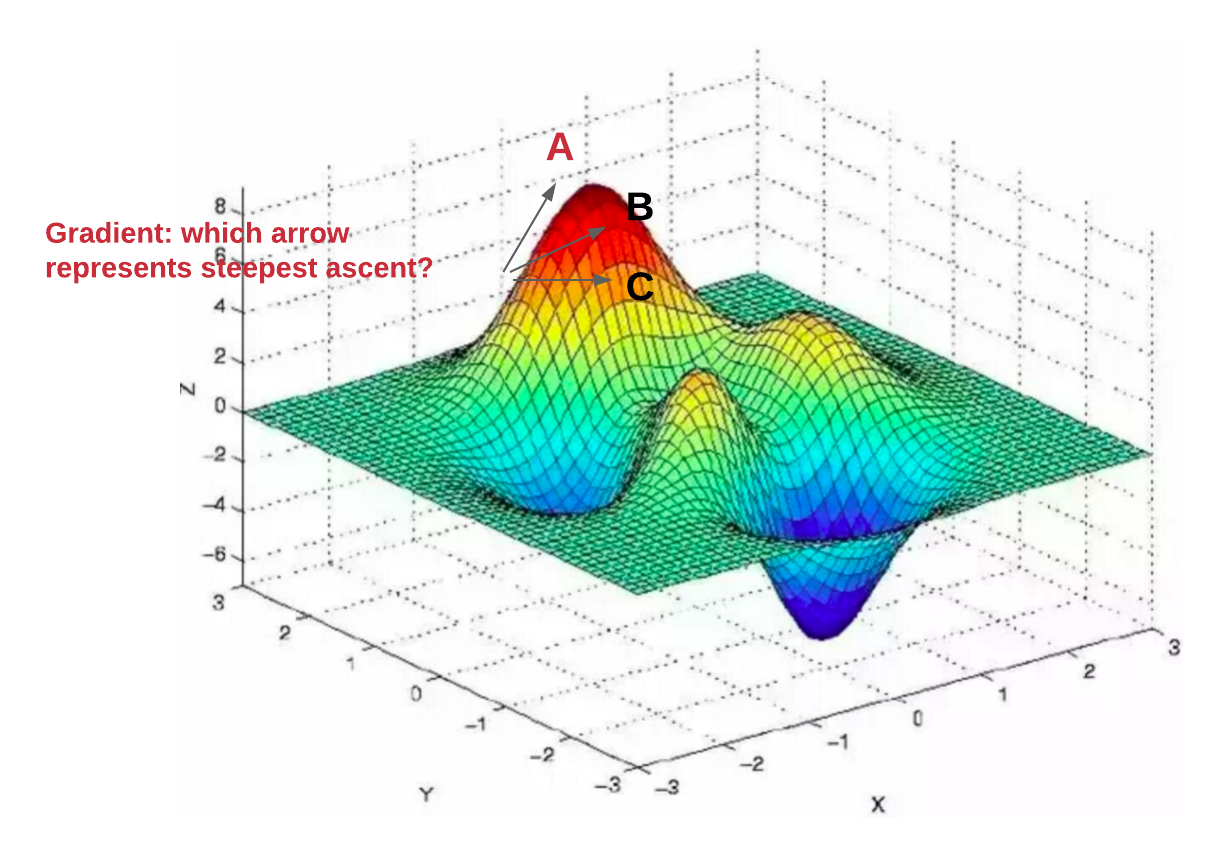Developing a programming language from scratch can often seem like an insurmountable challenge, but when you break it down into manageable parts, it becomes a lot more approachable. The core idea behind any programming language is to allow us to automate tasks, solve problems, and ultimately, control hardware. While commercial languages like Python and Java have grown extensively in both features and complexity, designing a “little” programming language from scratch can teach us fundamental aspects of computing that are otherwise hidden behind layers of abstraction.
Starting Small: A Simple Interpreter
Before diving into the intricacies of creating a fully-fledged programming language, it is crucial to understand the distinction between an interpreter and a compiler. Though the differences between these two mechanisms can be the subject of much debate, for the purposes of simplicity, we focus on an interpreter. An interpreter reads code line-by-line and immediately executes it, making it an excellent learning tool. This step-by-step execution also serves as a foundation for how we will build more complex features later on.
“By starting with something as small as a math interpreter, we avoid the complexities that cause confusion early in development. Then, we build up from these blocks as our confidence and codebase grow.”
The basic version of our interpreter can evaluate small integer expressions, such as simple additions or multiplications. At the heart of this process is an evaluation function, which reads tokens (individual components like numbers or operators) and pushes them onto a stack for processing. In doing so, we avoid having to deal with complex rules about operator precedence, instead opting to use Reverse Polish Notation (RPN), which simplifies both implementation and computation. RPN processes operators in the order they are encountered, eliminating the need for parentheses and traditional operator hierarchy.
- For instance, the expression
2 + 3 * 4in traditional notation becomes2 3 4 * +in reverse polish notation. The result is straightforward and easy to compute using a stack-based approach.
The success of this method lies in its simplicity and reliance on foundational computer science principles, such as the stack data structure. Building a solid interpreter starts here before adding more sophisticated features.
Variables: The Next Step in Abstraction
In any worthwhile language, you will eventually want to store results and reuse them later. This introduces the concept of variables. Adding variable support involves modifying the interpreter to handle variable assignments and references. This is where things begin to feel more “programmatic.” For example, with variables, we can write expressions like:
X = 2 3 +
Y = X 4 * We first assign 2 + 3 to X, then reference X in another expression to assign it to Y. Handling variable assignments introduces a new complexity: now, our interpreter must manage a data structure (often a dictionary or a hash map) that stores these variables and retrieves their values during expression evaluation.
This simple system mimics key operations found in major programming languages, albeit in a more relaxed way. By designating all tokens encountered as either operators, variable names, or numbers, we streamline the process of variable handling.
“The ability to define and use variables is the foundational step in transitioning from simple arithmetic to real computation in a programming language.”
Control Flow: Loops and Branching
With variables added, the next logical step is control flow. Control flow allows programmers to dictate the order of execution based on conditions, thus creating decision points and repetition within a program. By introducing loops and branching structures (like if statements and while loops), our little language can begin to resemble a modern, albeit minimal, programming language.
In a traditional while loop, a condition is evaluated repeatedly, and the loop body only executes while the condition remains true. Implementing this requires adjusting our interpreter to track a program counter, akin to the instruction pointer in a CPU. Without this counter, we wouldn’t know where to return after evaluating a loop condition or how to reenter the loop after executing the body.
For instance, the following while loop in our simplified language demonstrates how looping adds significant power:
n = 5
r = 1
while n >= 1
r = r * n
n = n - 1
endThis code calculates the factorial of n using a while loop. The program repeatedly multiplies the result by decreasing values of n until n reaches 0. Loops and conditionals start to transform our basic evaluator into a more legitimate programming environment, conducive to writing real algorithms.
Adding More Operators and Features
As we build our language out further, we can add more operators like - (subtraction), * (multiplication), and even comparison operators such as >= (greater than or equal). This provides the needed richness for more complex programs that can handle dynamic conditions and multi-step processes.
While creating such a language may not instantly rival something like Python or Ruby, it provides invaluable experience in understanding what happens “under the hood” when these commercial languages interpret and compile code.
The power of stacking abstractions and simplicity is evident here. We started with basic expression evaluation and ended up with a language capable of calculating factorials, among other things.
Though this journey through programming language design is educational, it also reflects an iterative process of improving our code, something I frequently discuss in the context of machine learning and structured prediction models. Much like training machine learning models, each iteration of our programming language adds new layers of functionality and complexity, gradually pushing towards more advanced capabilities. If you enjoyed this exploration, check out my previous discussions, such as the one I wrote on AI’s application in interactive models, where I explore a similar layered approach to solving complex problems.
Conclusion
Creating a programming language from scratch is not as insurmountable as it seems when broken down step-by-step. From basic arithmetic to control flow, and then to factorial computations, each new element adds a layer of sophistication and functionality. While there’s much more to explore (such as error handling, more complex control mechanisms, and perhaps even compiling), what we’ve achieved is a solid foundation for constructing a programming language. This stepwise approach keeps us from being overwhelmed while laying down groundwork that can be expanded for future enhancements.
The notion of making mistakes along the journey is just as valuable as the final output because, in programming—and life—it’s about learning to evolve through iteration.
We’ve only scratched the surface of what’s possible, but the principles laid down here are the same that undergird much larger, more powerful languages used in the industry today.
Focus Keyphrase: How to Create a Programming Language


